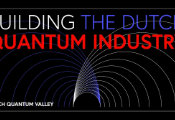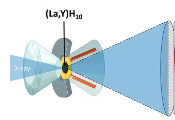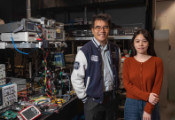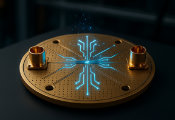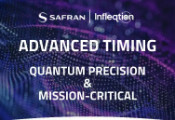Toshiba’s Proposed Double-Transmon Coupler for Superconducting Quantum Computers Achieves World-Class Two-Qubit Gate Performance
TOKYO, November 22, 2024 -- Toshiba Corporation (Toshiba) has confirmed a breakthrough technology that promises to advance progress toward the development of higher-performance quantum computers through an investigation of a potential major advance in quantum computing. Experiments conducted by a joint research group from Toshiba and RIKEN, one of Japan’s largest comprehensive research institutions, have successfully realized a Double-Transmon Coupler, a solution for superconducting quantum computers initially proposed by Toshiba. The researchers achieved a world-class fidelity of 99.90% for a two-qubit gate, which is at the heart of quantum computation. Fidelity is a standard performance indicator for quantum gates, quantifying how close an operation is to the ideal in a range from 0% to 100%, with higher percentages indicating greater accuracy in the quantum gate's operation.
Originally proposed by Toshiba in a paper from September 2022, the Double-Transmon Coupler is a tunable coupler that holds the key to improving the performance of superconducting quantum computers. In successful experimental realization, Toshiba and RIKEN have confirmed its theoretical superiority over conventional tunable couplers in suppressing the long-standing problem of unnecessary residual coupling and enabling high-speed, high-fidelity two-qubit gates.
To improve the performance of two-qubit gates, the coherence time, the period for which the quantum superposition state can be maintained — critical in quantum computers — must be extended. Gates must also be executed quickly and the strength of residual coupling must be suppressed to reduce the errors it causes. The Toshiba-RIKEN team achieved a world-class coherence time for the transmon qubit, a short gate time of 48 ns, and reduced the residual coupling strength to as low as 6 kHz, thereby achieving a fidelity of 99.90%.
Quantum computers that adopt the Double-Transmon Coupler can also utilize the fixed-frequency transmon qubit, which is highly stable with a simple structure that is relatively easy to manufacture. This will further advance the fast-developing field of quantum computing and points the way to the large-scale quantum computers essential for practical applications, such as realizing carbon neutrality and new drug development.
The results of this research project were published in "Physical Review X," a top-tier journal of the American Physical Society, on November 21, 2024.
Development background
R&D into quantum computers that can solve computational problems far beyond the scope of classical computers is global and growing. Based on the principles of quantum mechanics, which describes the behavior of atoms and molecules, current quantum computers still face challenges in a fundamental area: the reliability of two-qubit gates. Improved performance is a must, and numerous approaches are under investigation, ranging from the use of individual atoms in gases to superconducting electronic circuits. The superconducting approach looks promising, as it uses solid-state components that offer excellent stability, scalability, and high quantum gate fidelity.
There are multiple approaches to implementation of superconducting circuits. For instance, there are now several types of qubits, including the standard transmon qubit and the relatively new fluxonium qubit. The transmon qubit remains the simplest and is currently the most widely used. There are also different methods for coupling qubits, from direct capacitive coupling to those that involve a tunable coupler between the qubits.
Toshiba’s Double-Transmon Coupler is a tunable coupler comprised of two transmon-type superconducting qubits. It can both turn off coupling and execute high-speed two-qubit gate operations for fixed-frequency transmon qubits with significantly different frequencies. Its effective functioning requires a sufficiently long coherence time, longer than the gate operation time, and this can only be achieved if the superconducting materials used, the surrounding circuit design, and the fabrication processes are all carefully considered. At the same time, for high-speed gate operations, a strong coupling strength between the qubits is crucial.
Toshiba and RIKEN's joint research group successfully conducted the world’s first experimental demonstration of this method and demonstrated that it has high performance fidelity.
Features of the technology
The Double-Transmon Coupler couples two qubits. It has a loop in the center that includes three Josephson junctions (JJ3, JJ4, and JJ5), and by controlling the external magnetic flux Φex in the loop with a current, the coupling between the two qubits can be adjusted. In this experiment, a circuit was fabricated, and its high performance was demonstrated.
Optimizing the shape, materials, and fabrication process for the two qubits (Q1 and Q2) realized a world-class coherence time in the transmon qubits. Two types of indicators, T1 and T2, were used. Q1 achieved a T1 of 230 μs and a T2 of 360 μs, while Q2 achieved a T1 of 210 μs and a T2 of 130 μs. These times are sufficient for performing gate operations.
Adjusting the external magnetic flux confirmed that the magnitude of the coupling strength could be increased up to approximately 80 MHz , achieving a short gate time of 48 ns.
In the experiment, the qubit frequencies were set at 4.314 GHz and 4.778 GHz, with a detuning (frequency difference) of approximately 460 MHz. Setting this large detuning suppressed crosstalk errors, where operations in one qubit cause errors in the other. With such a large detuning, typical tunable couplers could reduce residual coupling only to tens of kHz. Appropriate setting of the external magnetic flux successfully reduced the magnitude of coupling strength to as low as around 6 kHz, achieving the first experimental demonstration of one of the Double-Transmon Coupler's key features—low residual coupling.
During the course of the experiment, measurements were conducted over an extended period, 12 hours, during which time the fidelity of the two-qubit gates remained consistently high. Their average performance of 99.90% ranks among the best in the world.
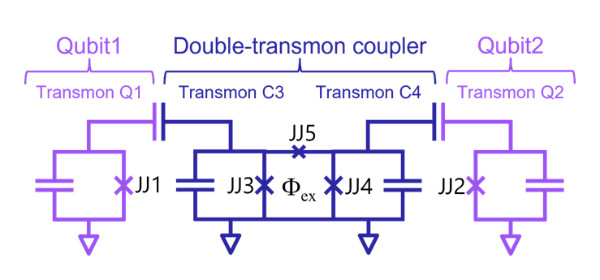
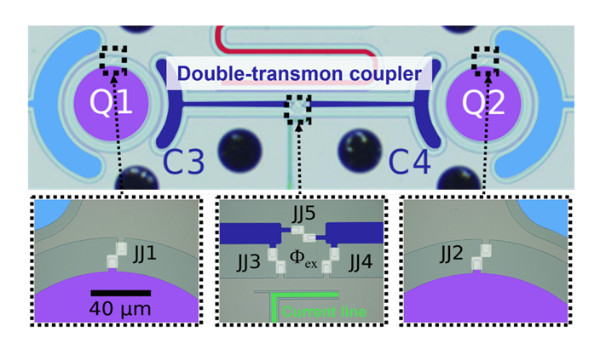
Note: The optical microscope image has been colorized for clarity.
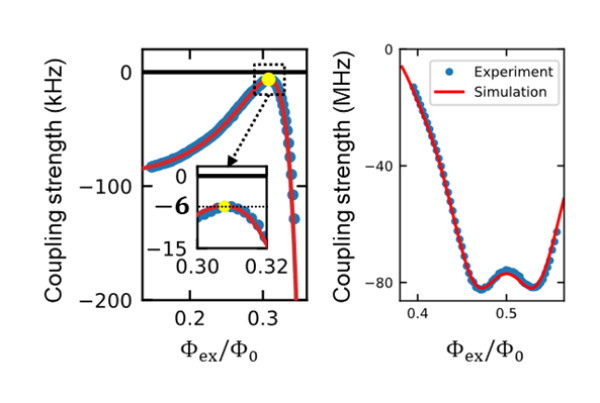
By adjusting the external magnetic flux, the magnitude of the coupling strength can be tuned from a minimum of 6 kHz to a maximum of 80 MHz.

Future developments
Toshiba and RIKEN will continue work to enhance the performance of the double-transmon coupler, aiming for a two-qubit gate fidelity of 99.99%. The group will also develop technologies to scale up the system while maintaining its high performance, toward realizing a practical quantum computer as soon as possible.
This research was partially supported by the Ministry of Education, Culture, Sports, Science and Technology’s (MEXT) Quantum Leap Flagship Program (Q-LEAP), under the project “Research and Development of Superconducting Quantum Computers."

